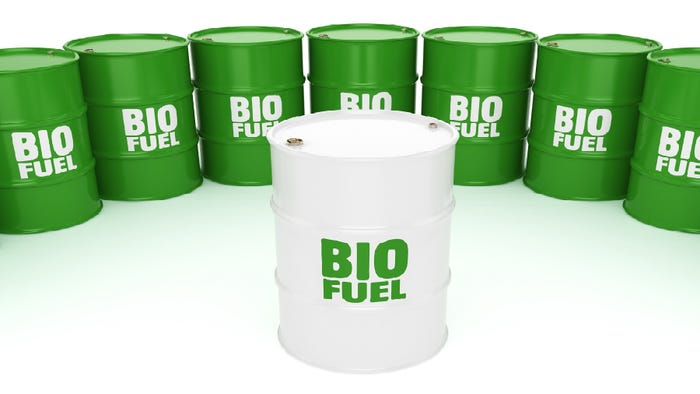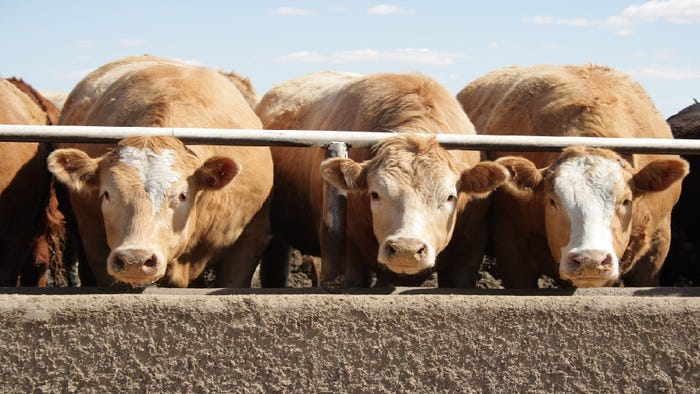Farm Progress America, April 23, 2024
Farming Business Management
Farm Progress America, April 23, 2024Farm Progress America, April 23, 2024
Mike Pearson tells listeners how drivers will save money this summer after the EPA made a decision to grant a waiver so that E-15 can be sold across the nation this summer.
Subscribe to Our Newsletters
National Hog Farmer is the source for hog production, management and market news













.jpg?width=300&auto=webp&quality=80&disable=upscale)
























